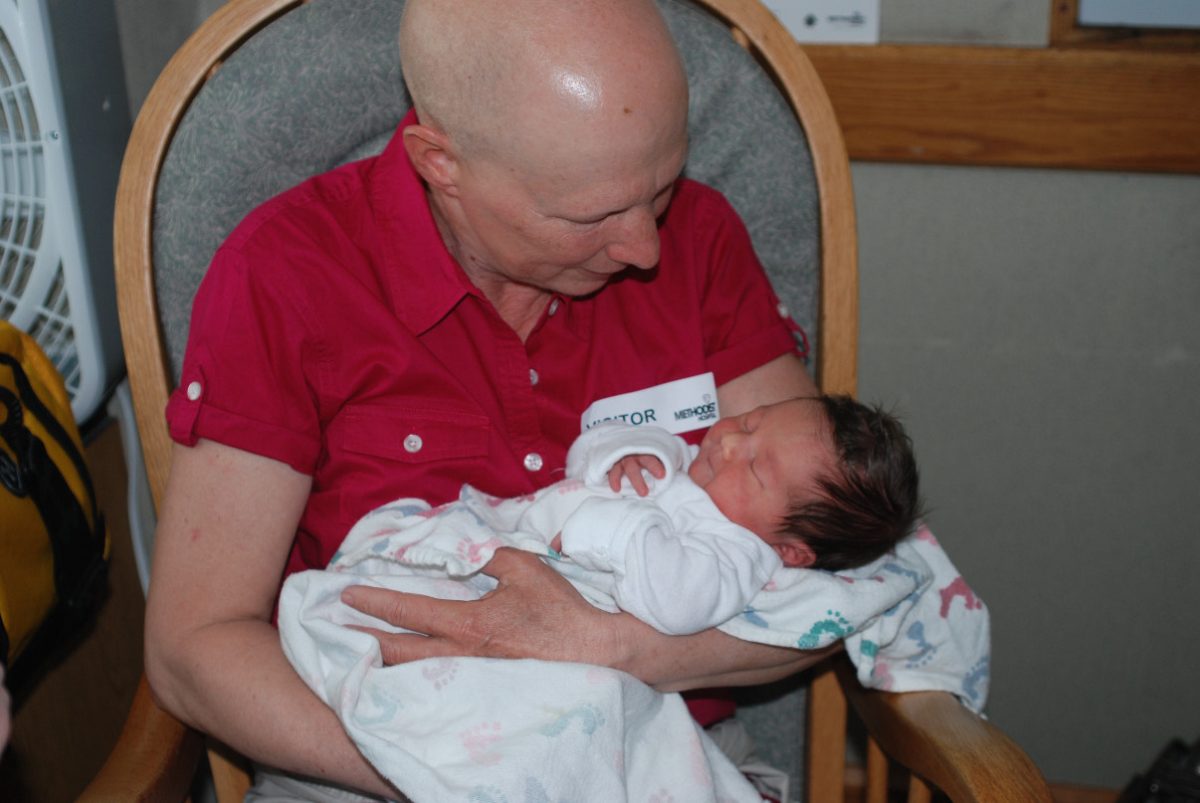I walked into my doctor’s office, expecting a regular physical like taking my blood pressure or being scolded for not drinking milk. However, it wasn’t a typical check-up. My doctor noticed that my heart rate was abnormally low. Hearing this, I was very confused, because I had believed that my heart was racing due to the anxiety from the doctor’s concerned tone. She said it was at 45, dangerously low.
That news changed the trajectory of my entire summer of 2023, and, soon, my whole life. They scheduled an EKG, and my mom and I went the same day. Eventually, we got the diagnosis, and we found out I had a heart blockage.
During that time, my parents didn’t understand what it meant.
The doctors gave me a heart monitor to wear for 24 hours, and I was instructed to maintain a more stable heart rate. They finally diagnosed me with congenital third-degree heart block, a heart condition I have had since I was born. My heart wasn’t communicating properly with each function, making it slower. My summer vacation became a balancing act of attempting to be a regular, healthy kid. It was terrifying.
My family and I went to Wisconsin for a quick family trip. But once we returned, I needed to get a pacemaker implanted to help my heart communicate effectively. At the hospital, they gifted me a teddy bear, a hospital gown, took a couple of tests and gave me medication to relax my nerves before the surgery. The nurses wheeled me into the surgical prep area, and I prayed I would wake up alive.
The expected amount of time the procedure would take was three hours, and I would only spend a night under the doctor’s surveillance. I was told my shoulder would be cut open, and the pacemaker would be placed under my shoulder and above my collarbone. Unfortunately, this was not the case.
One of the leads, the wires that connected the pacemaker to my heart, got stuck. Surgeons attempted to detach the lead, but failed. The staff became desperate and decided to call a retired specialist, who was, funnily enough, playing golf at the time. He sped over and attempted to detach the lead as well, but even he couldn’t fix it. My parents were pulled out of the waiting room and were told I required open-heart surgery to remove the lead.
The process consisted of cutting and sawing open my sternum, cracking my ribs for access to my heart, and discharging the lead. During this operation, the surgeons discovered a blood clot and a hole in my heart, both of which could have killed me if gone unnoticed after the implantation.
The entire procedure lasted nine hours instead of three. My visitors were leaving when I woke up, and my parents had explained the incident to me.
I couldn’t eat because of nausea, and I drank water from a sponge. I had seven IVs and a chest tube, as well as a near heart attack. This was caused by one of the tests the staff had to perform on me throughout my recovery. The test consisted of using an iPad to control my pacemaker device and its communication to my heart. The nurse had set my heart rate too low, which led to me almost having a heart attack and being taken into a different room for a CAT scan. Thankfully, I didn’t fully experience one.
My family and I tried to make light of the situation, but I, for one, didn’t want to see what had happened or believe it. For the unexpected three days in that hospital, I felt trapped and out of control of my own body. However, I am grateful for surviving the operation and making it to where I am now.
Some days are harder than others, with more fatigue or lightheadedness, sometimes even a complete lack of energy. But every beat of my heart – mechanical or not – is a reminder that life keeps going and doesn’t stop.
And neither do I.










Lynn • Aug 25, 2025 at 9:41 pm
Wow! What a powerful and inspirational story!
Skip Marsh • Aug 25, 2025 at 9:29 pm
One Strong Young Lady. Good Luck from the Marsh Family